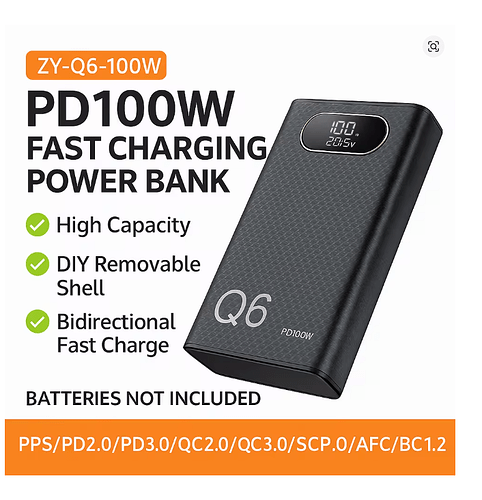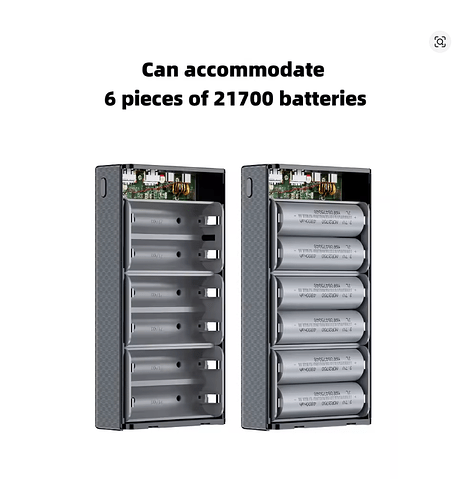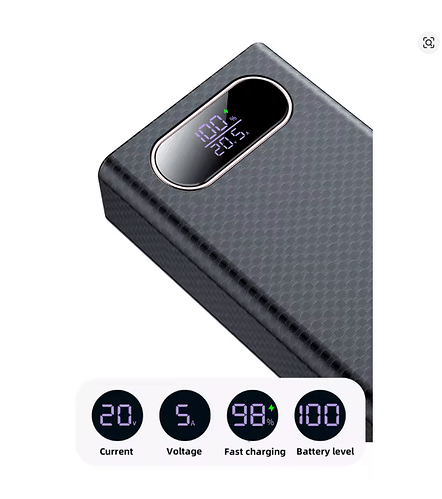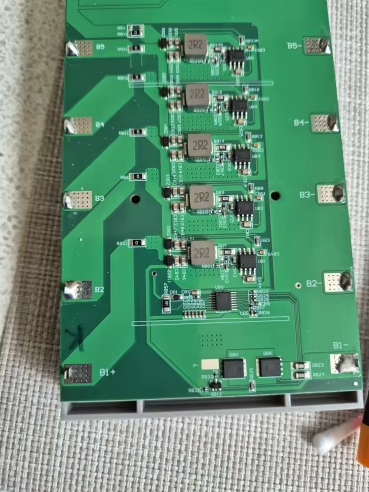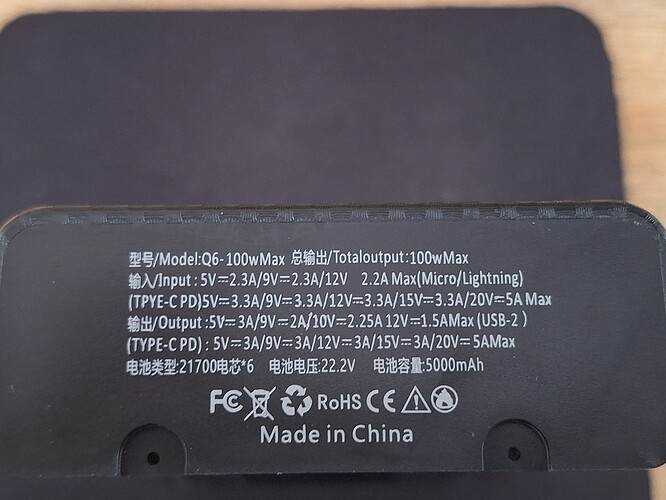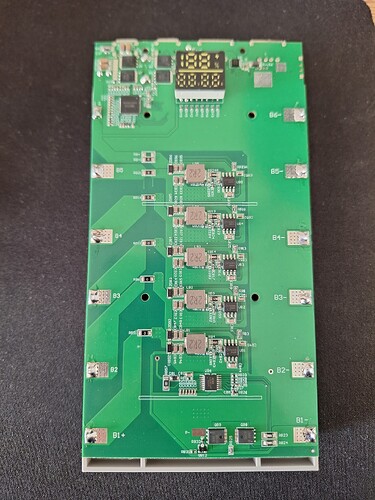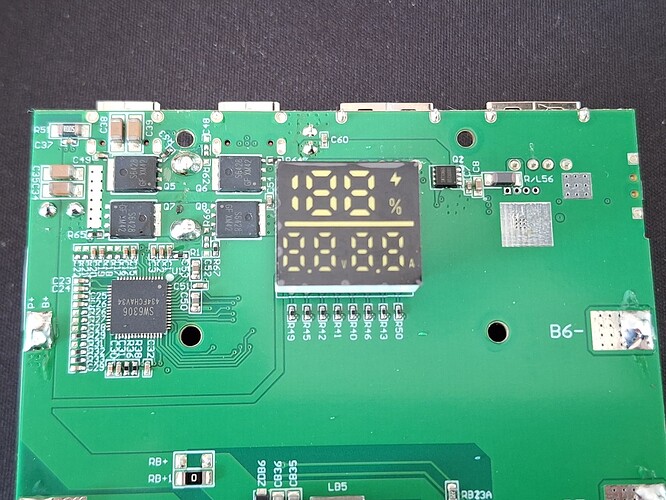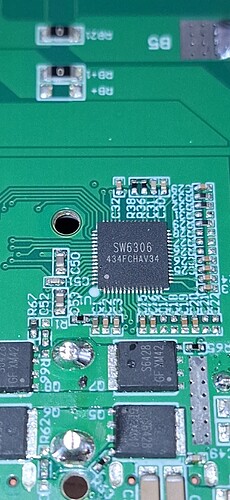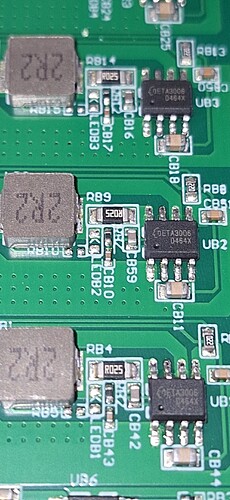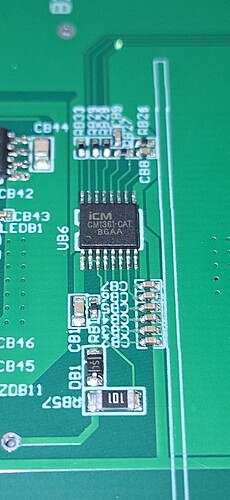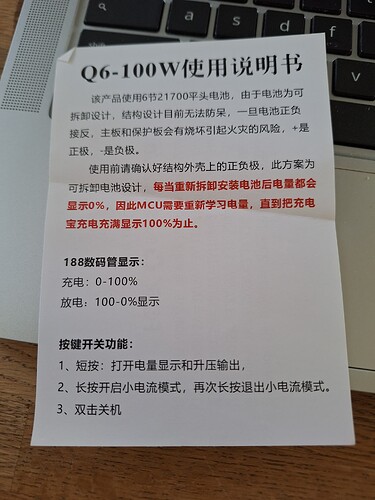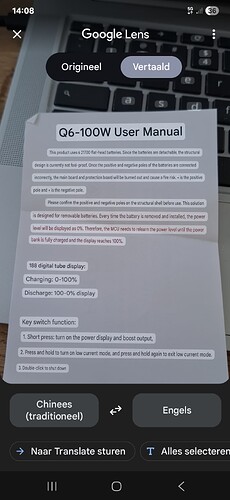I came across this high power/100w DIY power bank housing on Aliexpress, which looks interesting. Most of the high power/100w (or more) DIY power banks on Aliexpress, rely on at least 2 or more batteries to be placed in series, which could create some issues if the batteries aren’t properly balanced/charged by the power bank.
This one (most often shown as the ‘ZY-Q6’) stands out, because it doesn’t have the batteries in series (as far as I can tell), but visually they seem to be in parallel, but (as shown by a photo further down in this post) they seem to be individually managed/charged.
EDIT: It turns out that the batteries are in series, but should be individually balanced; see this post later in the topic.
The other thing that I find really interesting is that it can output up to 100w (20V/5A), but also can be charged with the same voltage! Combine that with 6 good quality 5000mAh 21700 and you seem to have powerfull power bank with (at least) known good quality cells!
The build quality looks quite sturdy/solid and the 21700 batteries seem be in proper holders/slots:
Besides the (remaining) percentage, it also shows the (active) in-/output voltage/current:
Apparantly it can also be (manually) put into ‘low current mode’:
One of the reviews I found was from someone having issues with it not working (due to a bad/lacking solder connection), but the possitive for us is that we can get a rough idea of how it (electronically) is designed:
I did found a somewhat more ‘extensive’ review from someone, listing a few ‘small’ issues. This review is auto translated by Aliexpress from Russian, I believe:
I take the second one, all charging protocols are present, it charges at 100 watts with a charger in 1 hour. 5 hours, the only thing that can be objected to is the incorrect percentage display. When charging, it reaches 70 percent and then stops charging. After a while, it updates to 100%, and the discharge occurs faster starting from 40 percent. . . You can consider it 10% remaining, otherwise everything is excellent, the battery will keep charging up to 4. 1 V discharges for about 3 minutes. 2V, enough to charge 3 phones with a 5000mAh battery, taking into account energy conversion and a slight overcharge, the battery will last longer and I consider the result excellent.
I expect that the "discharges for about 3 minutes. 2V is probably a translation error and must be ‘dicharges to 3,2V’
The only other downside that I’ve found so far: It is more expensive than I would like it to be. ![]()
It is mostly priced between 22 and 25 euro (including shipping), from what I could find.
But it certainly looks like an interesting and easy DIY power bank housing with a high (re)charge rate. If I can find it for just under 20 shipped, I might pick one up to check it out.
